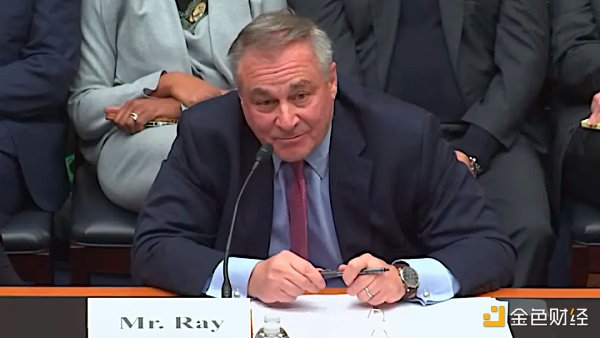Gu Yanxi: Libra is a subversive of the existing financial market structure
On October 18, Dr. Long Baijun published an article entitled "The Libra of the US Dollar, The Future of the Dollar." I think some of these points are worth discussing.
To be stated, I agree with Dr. Long's point of view on the rise of stable currency and its impact on the global financial landscape. I agree with the summary of some of his views. But some other points in the article I think are worth discussing.
First, Libra's original intention was not based on the dollar's stable currency, but rather as a liquid currency across sovereign currencies.
I think that Libra Stabilizer is a tool to expand the influence of the US dollar, and I think this view is not accurate. Although Libra has announced the types of legal currency and their respective proportions in the current package of legal currency, it remains to be seen whether the current design will actually land. This is obviously the focus of attention of the relevant sovereign currency countries involved.
- Fidelity is fully introducing digital asset custody and transaction services
- The 18 millionth BTC has been dug up, and the "empty anxiety" is the true eternal story of Bitcoin.
- Poloniex is stripped from Circle, Sun Yuchen is behind the new takeover agency
Second, Libra is not the maintainer of the existing financial market structure in terms of its impact on existing financial markets.
On the contrary, it is a subversive of the existing financial market structure. I think the Libra Stabilizer is just a Trojan horse, and the biggest hidden threat is the Libra blockchain. Because this blockchain is universally used globally, many financial products and financial services can be carried out on this chain. This is completely out of the underlying infrastructure of the existing financial market. So Libra is not only a currency, but also a commercial bank, a clearing house and a central bank (see my previous article).
I think the Libra stable currency is also an impact on the existing currency. Imagine that if Libra Stabilizers are welcomed around the world and consumers continue to convert various legal currencies into Libra Stabilizers, the currency that is circulating in the market will certainly decrease. This is certainly not something that the issuer of the existing legal currency is happy to see.
Third, in terms of governance mechanisms, the Libra Association, as a coalition organization of the private sector, its organizational mechanism and operational mechanism must be collectively recognized by the members of the alliance. Therefore, its governance mechanism is sufficiently democratic.
Fourth, in terms of Libra's communication with global financial regulators, Libra will certainly make the necessary adjustments in accordance with the requirements of financial supervision to meet the basic requirements of supervision. So indeed, in a sense, a regulator like the G7 is helping to adjust Libra's operating rules. It is too far-fetched to think that Facebook has communicated with the Fed before the white paper was released. The Libra project didn't necessarily be so comprehensive from the start.
The project itself has undergone a very big change. From the initial Facebook business to the Libra Association, and the final state of the association, Calibra is only 1% of the members. Such a business adjustment is very significant. I think Libra did not have enough communication with financial supervision at the beginning of the project. This should be a very big mistake for it.
As published in Libra's white paper, I pointed out in this analysis that the scope of the project is too large, so the risk is very large, which may lead to the extension of the project or even the failure of the entire project. It now appears that compliance risks have become the biggest risk for this project.
We will continue to update Blocking; if you have any questions or suggestions, please contact us!
Was this article helpful?
93 out of 132 found this helpful
Related articles
- German Finance Minister strongly opposes Facebook's Libra
- Babbitt unveiled the Wuzhen World Internet Conference, which is a "dialogue" between the blockchain and the Internet community.
- Analysis of the second batch of record list of the network management blockchain: the number of the top 23 national teams in the north and the north of Zhejiang
- Dragon White: The Libra of the US dollar, the future of the dollar
- Block road
- Facebook legal counsel, Libra author, cryptocurrency screaming Libra dilemma
- Hong Kong digital currency exchange license analysis




